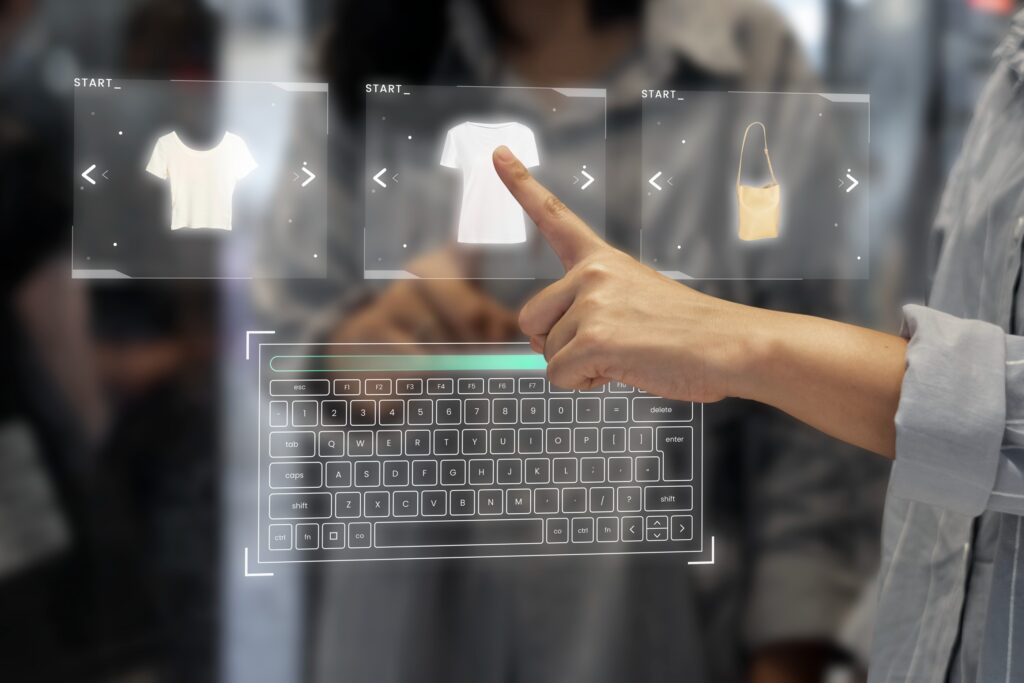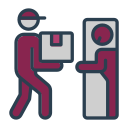The global economy’s economic trajectory appears to be on a bumpy course for the remainder of this year. Globally, overstretched supply chains, supply-demand mismatches, and commodity-driven cost pressures as a result of Russia’s invasion of Ukraine drove inflation up and increased pressure on both consumers and businesses. Traditionally at such an outset, the retail sector is at the forefront to bear the blow. This challenge is exacerbated when it comes to brick-and-mortar merchants that are still recuperating from the disruption created by the covid-19 outbreak.
From global conglomerates to store owners to e-retailers, all actors in the sector are now competing to guarantee that customers’ increasingly restricted discretionary income continues to flow in their favor. Being largely customer-driven, who now more or less entirely rely upon their gadgets when it comes to searching and buying products, the retail sector today needs to substantially build its technological capabilities.
As a result, they must be able to provide seamless experiences to their customers, such as an updated product catalog, AR/VR-enabled online testing rooms, real-time loyalty programs, and digital payment methods to ensure a smooth sale.
However, before going all in with their capital investments into technology, retailers need to understand how emerging technologies can bridge the gap between their current and future sales. They need to closely consider before delving into adopting any technology whether or not it aligns with the business’s future goals and brand position.
Shopping as an experience
In the stagnant retail business, customer experience is the true deal-maker or breaker in a pool of possibilities. Maintaining market relevance requires providing hassle-free, efficient, and consistent customer service. It covers the idea that rather than simply browsing and getting assistance from salespeople, the in-store experience should be full and engaging. Customers are looking for more immersive and fun ways to shop and spend their money, and integrating immersive technologies and offering a flawless purchasing journey will ensure a lasting impression. Virtual Reality (VR) and Augmented Reality (AR) are driving innovation by allowing customers to have a complete experience, such as virtually trying on garments using digital representations of themselves.

Mobile Technology
Mobile technology is taking the retail market by storm. Customers prefer organizations that have websites and apps that are easy to navigate on smartphones because of their ubiquity and user-friendliness. By enabling customers to compare product prices, shop from anywhere at any time, and instantly receive inventory updates, mobile technology treasures a huge potential to redefine the retail sector. It makes the shopping experience more efficient, more personalized, and more convenient. This technology benefits the retailer’s bottom line as well. It can help locate items, provide customer service, and simplify the checkout processes. Enabling customers to get information and make purchases means less need to staff cashier positions. That can not only reduce labor costs but also eliminate the time and hassle of scheduling a workforce that is frequently characterized by high turnover and unreliability.
Metaverse
In a recent poll, consumers were asked what kind of metaverse activity they would prefer to engage in during the following five years. The most popular choice came out to be ‘shopping’. Even though the metaverse does not currently have the technological foundation to meet consumer aspirations, it is advancing at a fast pace. In its current state, the metaverse provides distinctive opportunities for customers to interact with companies through activities, competitions, and game-like elements. These interactions may boost brand engagement and loyalty. Metaverse allows businesses to customize client experiences. Retailers should set themselves up to take use of these technology tools to maximize their growth.
Cloud Computing
Cloud computing skills are crucial to retailers’ demands since they cater to the dynamism of the business while also providing a scalable infrastructure. They can save a significant amount of money on operating expense budgets for things like hardware, software, and connection because they do not have to acquire or manage an entire system. Today, there is a myriad of cloud computing services that can collect and analyze data for retailers, providing them valuable insight related to customers and their orders, thus helping in offering personalized recommendations, special membership offers, etc. It can also be extended to be used in predictive analytics. Prescriptive and predictive modeling can be used in marketing, merchandising, and even hiring by analyzing data from previous sales, marketing campaigns, online interactions, and customer service.
Personalization tools
Personalization has long been associated with online purchasing because of how frequently data and technology coexist there. However, the expansion of contemporary technology into brick-and-mortar establishments means that the trend is already having an impact on retail. Retailers,now use machine learning (ML) and artificial intelligence (AI) to automate procedures and guide better decisions. Businesses that will use technology-mediated personalization can access databases of prior customer behavior and other related data. With AI, they will then be able to track the purchasing patterns and lifestyle preferences of clients, automate unnecessary operations, and so increase employee productivity. Retailers should pay more attention to the product/service offering by using technology to drive personalization, building self-associations, providing a good fit with consumer preferences, etc.
Virtual assistants
Integrating virtual assistants can help the effective utilization of limited resources and also provide better ROI. By bridging the gap between physical and digital retail, virtual assistants like chatbots may provide great customer service by assisting at every stage of the purchasing process. Chatbots facilitate cart recovery and increase online conversions by shortening wait times and providing immediate comfort to customers. Additionally, they assist firms in lowering their support and telephone costs, which is crucial at a time when margins are being squeezed.
At Knometrix, we offer comprehensive market research and intelligence services to help businesses stay ahead of the curve. Our team of experts specializes in gathering, analyzing, and interpreting data to provide our clients with actionable insights. Whether you’re looking to enter a new market, launch a new product, or improve your existing operations, we have the expertise and tools to help you succeed. Get in touch with us to know more.





 Market Research
Market Research Consumer Research
Consumer Research Industry Research
Industry Research Market Entry Strategy
Market Entry Strategy Feasibility Studies
Feasibility Studies Product Research
Product Research Automobile & Mobility
Automobile & Mobility Banking and Finance
Banking and Finance Consumer Products & FMCG
Consumer Products & FMCG Ecommerce & Retail
Ecommerce & Retail Industry & Manufacturing
Industry & Manufacturing Government & Public Sector
Government & Public Sector Industry Associations
Industry Associations Technology & Software
Technology & Software Venture Capital & PE
Venture Capital & PE Consulting & Advisory
Consulting & Advisory India Entry Market Research
India Entry Market Research Innovation Consulting
Innovation Consulting KX Market Radar
KX Market Radar Business Model Development
Business Model Development Gen Z Navigator
Gen Z Navigator